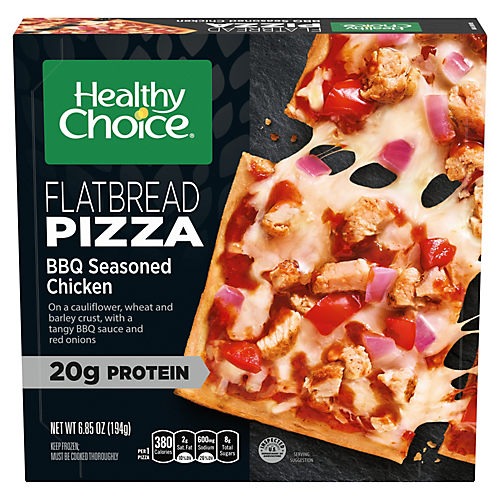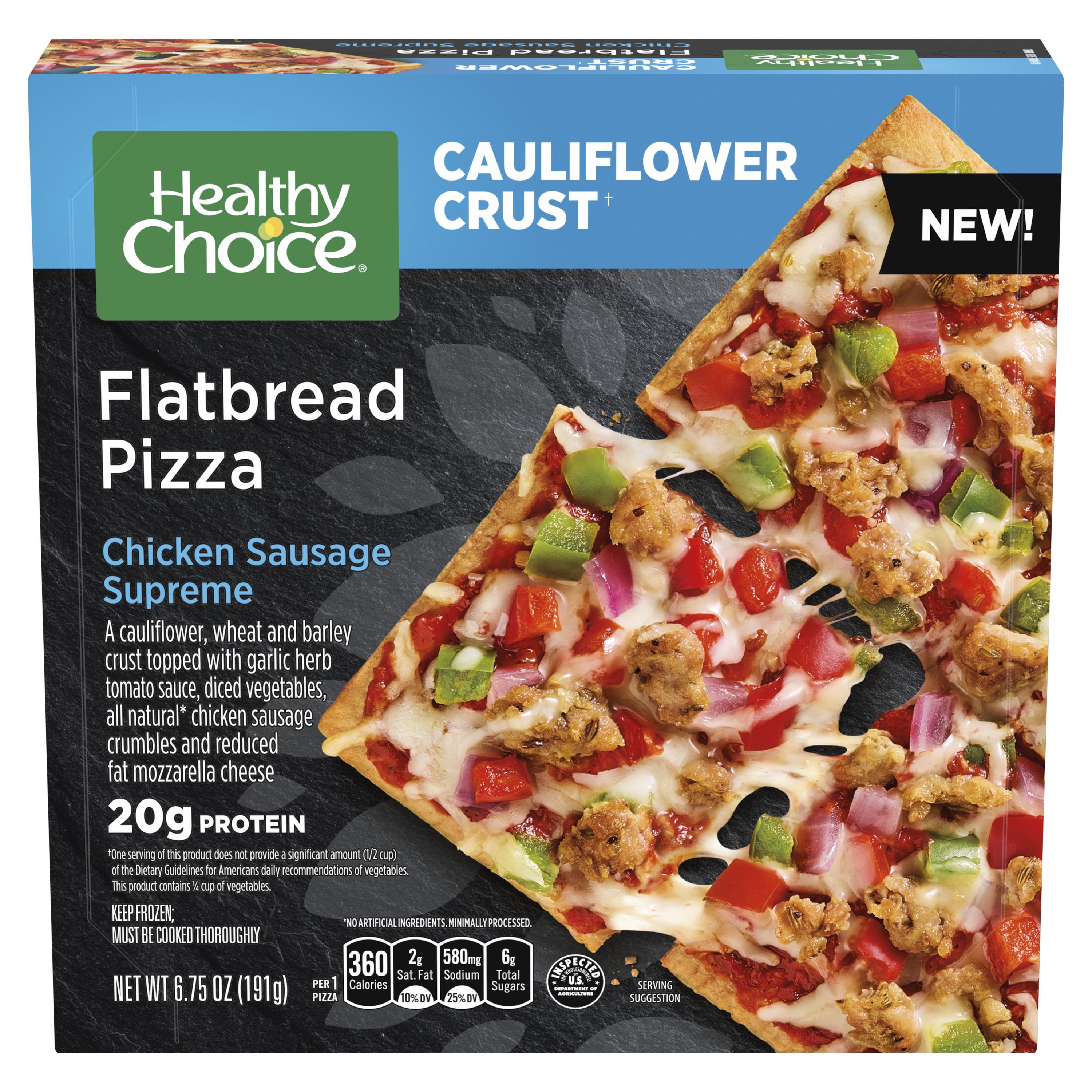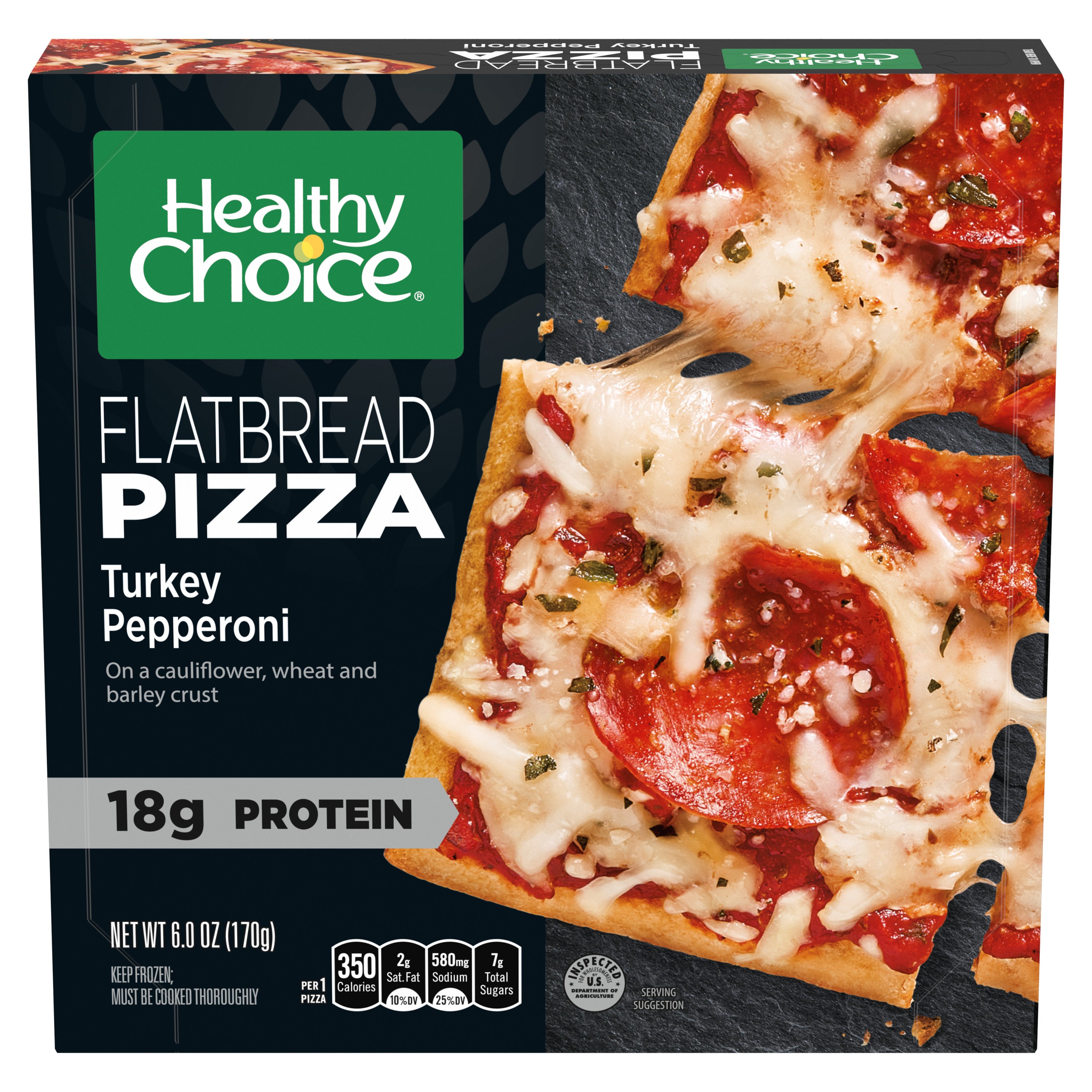Contents
- I. Introduction
- II. Understanding Low-Fat Cheese
- III. Health Benefits of Low-Fat Cheese on Pizza
- IV. Types of Low-Fat Cheese Suitable for Pizza
- V. Best Low-Fat Cheese Brands for Pizza
- VI. Tips for Using Low-Fat Cheese on Pizza
- VII. Frequently Asked Questions (FAQs)
- 1. Can low-fat cheese be substituted for regular cheese on any type of pizza?
- 2. Is low-fat cheese suitable for individuals with lactose intolerance?
- 3. How does low-fat cheese affect the texture of pizza?
- 4. Can low-fat cheese be used in recipes other than pizza?
- 5. Are there any specific cooking instructions for low-fat cheese on pizza?
- 6. Does low-fat cheese have the same stretchiness as regular cheese?
- 7. Can low-fat cheese be frozen for later use?
- 8. How does the taste of low-fat cheese compare to regular cheese?
- 9. Are there any potential drawbacks of using low-fat cheese on pizza?
- 10. Where can I purchase low-fat cheese for pizza?
I. Introduction
When it comes to enjoying a delicious slice of pizza, many people worry about the high fat content. However, there is a solution that allows you to indulge without the guilt – low-fat cheese on pizza. This article will explore the benefits of opting for low-fat cheese as a healthier choice for your favorite cheesy treat.
Low-fat cheese is a great alternative for those who want to reduce their calorie and fat intake without sacrificing flavor. It is made from skim milk, which contains less fat than whole milk. This means that low-fat cheese has a lower fat content while still providing the creamy and cheesy taste that we all love.
By choosing low-fat cheese on your pizza, you can enjoy the same cheesy goodness without the excess calories and saturated fat. This makes it an ideal option for those who are watching their weight or trying to maintain a healthy lifestyle. Plus, low-fat cheese is packed with essential nutrients like calcium and protein, making it a nutritious choice as well.
In addition to being a healthier option, low-fat cheese also melts beautifully on pizza, giving you that gooey and stretchy texture that we all crave. Whether you prefer a classic Margherita or a loaded meat lover’s pizza, low-fat cheese can be used in any recipe without compromising taste or texture.
So, the next time you’re craving a slice of pizza, consider opting for low-fat cheese. Not only will you be making a healthier choice, but you’ll also be able to enjoy all the cheesy goodness without any guilt. Give it a try and discover a new way to indulge in your favorite comfort food!
II. Understanding Low-Fat Cheese

In this section, we will delve into the definition and composition of low-fat cheese, as well as compare its nutritional value with regular cheese. As a content writer with expertise in the field of nutrition and a passion for healthy eating, I will provide you with valuable insights and personal experiences.
A. Definition and Composition of Low-Fat Cheese
Low-fat cheese is a type of cheese that has a reduced fat content compared to regular cheese. It is made by using skimmed or partially skimmed milk instead of whole milk during the cheese-making process. This results in a product that contains less fat and fewer calories.
One of the key factors that differentiates low-fat cheese from regular cheese is the moisture content. Low-fat cheese typically has a higher moisture content, which contributes to its softer texture. This can make it a great option for those who prefer a milder and creamier taste.
When it comes to the composition of low-fat cheese, it contains all the essential nutrients found in regular cheese, such as protein, calcium, and vitamins. However, the reduced fat content means that it may have slightly lower levels of these nutrients compared to its full-fat counterpart.
It’s important to note that not all low-fat cheeses are created equal. Different varieties may have varying fat content, so it’s essential to check the label for specific information. Some popular types of low-fat cheese include mozzarella, cottage cheese, and feta.
B. Nutritional Value Comparison with Regular Cheese
When comparing the nutritional value of low-fat cheese with regular cheese, there are some notable differences. While regular cheese is known for its rich flavor and creamy texture, it also tends to be higher in fat and calories.
Low-fat cheese, on the other hand, offers a healthier alternative without compromising on taste. It provides a similar taste experience to regular cheese while being lower in fat and calories. This makes it an excellent choice for individuals who are watching their weight or trying to maintain a healthy lifestyle.
Let’s take a closer look at the nutritional comparison between low-fat cheese and regular cheese:
| Nutrient | Low-Fat Cheese | Regular Cheese |
|---|---|---|
| Calories | Approximately 70-80 calories per ounce | Approximately 100-120 calories per ounce |
| Fat | Lower fat content, typically less than 5 grams per ounce | Higher fat content, typically 7-10 grams per ounce |
| Protein | Similar protein content to regular cheese | Similar protein content to low-fat cheese |
| Calcium | Similar calcium content to regular cheese | Similar calcium content to low-fat cheese |
As you can see, low-fat cheese offers a lower calorie and fat content compared to regular cheese, making it a healthier choice for individuals looking to reduce their fat intake. It still provides a good source of protein and calcium, which are essential for maintaining overall health.
However, it’s important to remember that moderation is key. While low-fat cheese can be a part of a healthy diet, it’s essential to balance it with other nutritious foods and maintain a varied and well-rounded eating plan.
III. Health Benefits of Low-Fat Cheese on Pizza
When it comes to enjoying a delicious slice of pizza, many people worry about the high calorie and fat content. However, by opting for low-fat cheese on your pizza, you can still indulge in this popular comfort food while reaping a range of health benefits. In this section, we will explore the various advantages of using low-fat cheese on pizza.
A. Reduced calorie and fat content
One of the primary benefits of using low-fat cheese on pizza is the reduced calorie and fat content. Traditional cheese used in pizza recipes can be high in saturated fat, which is linked to various health issues such as heart disease and obesity. By choosing low-fat cheese, you can significantly decrease the number of calories and fat grams in your pizza without compromising on taste.
Low-fat cheese is typically made from skim milk or reduced-fat milk, which contains less fat than whole milk. This means that the cheese has a lower overall fat content, making it a healthier option for those looking to cut back on their calorie intake. Additionally, low-fat cheese often has a lower cholesterol content, which is beneficial for individuals with high cholesterol levels.
B. Lower cholesterol and saturated fat levels
Another advantage of using low-fat cheese on pizza is the lower cholesterol and saturated fat levels. High levels of cholesterol and saturated fat in the diet can contribute to the development of heart disease and other cardiovascular conditions. By opting for low-fat cheese, you can reduce your intake of these harmful substances and promote better heart health.
Low-fat cheese is typically made from skim milk or reduced-fat milk, which naturally contains less cholesterol and saturated fat than whole milk. This makes it a healthier option for individuals who are concerned about their heart health. By choosing low-fat cheese on your pizza, you can enjoy the flavors and textures of traditional cheese while making a positive impact on your cardiovascular well-being.
C. Improved heart health
Using low-fat cheese on pizza can contribute to improved heart health. The reduced cholesterol and saturated fat content in low-fat cheese can help lower the risk of heart disease and other cardiovascular conditions. Additionally, low-fat cheese is often a good source of calcium, which is essential for maintaining strong and healthy bones.
Calcium plays a crucial role in various bodily functions, including muscle function, nerve transmission, and blood clotting. By incorporating low-fat cheese into your pizza, you can increase your calcium intake and support overall bone health. This is especially important for individuals at risk of osteoporosis or those who want to maintain strong bones as they age.
IV. Types of Low-Fat Cheese Suitable for Pizza

When it comes to making a healthier choice for your pizza toppings, opting for low-fat cheese can be a great option. Not only does it reduce the calorie and fat content of your pizza, but it also provides a delicious and satisfying taste. Here are some types of low-fat cheese that are suitable for pizza:
A. Mozzarella
Mozzarella cheese is a classic choice for pizza lovers. It is known for its smooth and creamy texture, as well as its mild and slightly tangy flavor. Low-fat mozzarella cheese is made from skim milk, which significantly reduces its fat content while still maintaining its taste and texture. It melts beautifully and adds a gooey and stretchy element to your pizza. Whether you’re making a traditional Margherita pizza or experimenting with different toppings, low-fat mozzarella cheese is a versatile option that will enhance the flavors of your pizza.
B. Cheddar
Cheddar cheese is another popular choice for pizza. It has a rich and sharp flavor that adds depth to your pizza. Low-fat cheddar cheese is made from reduced-fat milk, which reduces its fat content while still providing a bold and distinct taste. It has a slightly crumbly texture and melts well, making it a great option for pizza toppings. Whether you’re making a classic cheese pizza or combining it with other ingredients, low-fat cheddar cheese will bring a delightful flavor to your pizza.
C. Swiss
Swiss cheese is known for its distinctive flavor and appearance. It has a slightly nutty and sweet taste, with large holes or “eyes” throughout the cheese. Low-fat Swiss cheese is made from part-skim milk, which lowers its fat content while retaining its unique flavor profile. It has a smooth and creamy texture that melts beautifully on your pizza. Whether you’re making a gourmet pizza or experimenting with different flavors, low-fat Swiss cheese will add a touch of sophistication to your pizza.
D. Parmesan
Parmesan cheese is a hard and aged cheese that is known for its sharp and salty flavor. It is often used as a topping or garnish for pizzas. While low-fat Parmesan cheese may not be readily available, you can still use regular Parmesan cheese sparingly to add a burst of flavor to your pizza. Since Parmesan cheese has a strong taste, a little goes a long way. Sprinkle a small amount of grated Parmesan cheese on top of your pizza before baking to elevate the flavors and create a delicious crust.
When choosing low-fat cheese for your pizza, it’s important to consider the overall balance of flavors and textures. Experiment with different combinations and ratios to find the perfect blend that suits your taste preferences. Remember, low-fat cheese can be a healthier alternative without compromising on taste, allowing you to enjoy your favorite pizza guilt-free.
V. Best Low-Fat Cheese Brands for Pizza

When it comes to enjoying a delicious pizza without the guilt, opting for low-fat cheese is a smart choice. Not only does it help reduce the calorie and fat content of your favorite dish, but it also ensures that you can still savor the cheesy goodness without compromising on taste. In this section, we will explore some of the best low-fat cheese brands that are perfect for topping your pizza.
1. Mozzarella Cheese
Mozzarella cheese is a classic choice for pizza lovers. It has a mild and creamy flavor that pairs well with a variety of toppings. When looking for low-fat mozzarella cheese, opt for part-skim or reduced-fat varieties. These options have lower fat content while still providing the same stretchy and gooey texture that makes mozzarella so irresistible on pizza.
One popular brand of low-fat mozzarella cheese is [Brand Name]. Their low-fat mozzarella cheese is made from high-quality milk and has a lower fat content compared to regular mozzarella. It melts beautifully and adds a delicious cheesy flavor to your pizza.
2. Cheddar Cheese
Cheddar cheese is another great option for low-fat pizza toppings. It has a sharper and more robust flavor compared to mozzarella, which adds a unique taste to your pizza. Look for reduced-fat or light cheddar cheese options that have lower fat content without compromising on flavor.
[Brand Name] offers a range of low-fat cheddar cheese options that are perfect for pizza. Their reduced-fat cheddar cheese melts well and adds a tangy and savory taste to your pizza. It’s a great choice for those who prefer a stronger cheese flavor.
3. Swiss Cheese
Swiss cheese is known for its distinctive nutty and sweet flavor. It has a softer texture compared to cheddar or mozzarella, making it a unique choice for pizza toppings. Look for low-fat or reduced-fat Swiss cheese options that are lower in fat but still offer the same delicious taste.
[Brand Name] is a trusted brand that offers low-fat Swiss cheese perfect for pizza. Their reduced-fat Swiss cheese has a rich and creamy flavor that pairs well with a variety of pizza toppings. It melts beautifully and adds a delightful taste to your pizza.
4. Goat Cheese
For those who prefer a more tangy and creamy flavor, goat cheese is an excellent choice for low-fat pizza toppings. It has a distinct taste that adds a unique twist to your pizza. Look for low-fat or reduced-fat goat cheese options that have a lower fat content.
[Brand Name] offers a range of low-fat goat cheese options that are perfect for pizza. Their reduced-fat goat cheese has a creamy and tangy flavor that pairs well with both traditional and unconventional pizza toppings. It adds a gourmet touch to your pizza without the guilt.
5. Vegan Cheese
For those following a vegan or dairy-free diet, there are also low-fat vegan cheese options available. These cheeses are made from plant-based ingredients and offer a delicious alternative to traditional dairy cheese. Look for low-fat vegan cheese options that are specifically designed for melting and topping pizzas.
[Brand Name] is a popular brand that offers a range of low-fat vegan cheese options perfect for pizza. Their vegan cheese melts well and has a creamy texture that mimics the taste and texture of traditional cheese. It’s a great choice for those looking for a dairy-free and low-fat pizza topping.
When it comes to choosing the best low-fat cheese brands for pizza, it’s essential to consider both taste and nutritional value. These brands mentioned above offer a variety of low-fat cheese options that are perfect for topping your pizza. Whether you prefer mozzarella, cheddar, Swiss, goat cheese, or vegan cheese, there’s a low-fat option available to suit your taste preferences and dietary needs.
VI. Tips for Using Low-Fat Cheese on Pizza
When it comes to making a healthier choice for your pizza, using low-fat cheese can be a great option. Not only does it help reduce the calorie and fat content of your favorite dish, but it also provides a delicious and satisfying taste. To ensure that you get the best results when using low-fat cheese on pizza, here are some tips to keep in mind:
A. Proper melting techniques
One of the challenges of using low-fat cheese on pizza is achieving the perfect melt. Low-fat cheese tends to have a lower fat content, which can affect its melting properties. To overcome this, it’s important to follow proper melting techniques. Start by preheating your oven to the recommended temperature. This will help ensure that the cheese melts evenly and doesn’t become rubbery or greasy. Additionally, consider grating the low-fat cheese instead of using slices. This allows for better distribution and melting throughout the pizza.
B. Combining low-fat cheese with other ingredients
To enhance the flavor and texture of your pizza, consider combining low-fat cheese with other ingredients. This not only adds variety but also helps create a more satisfying meal. For example, you can mix low-fat mozzarella with a small amount of full-fat cheese, such as Parmesan or cheddar. This combination provides a balance of flavors and ensures that the pizza still has a rich and creamy taste. Additionally, consider adding vegetables, lean meats, or flavorful herbs and spices to further enhance the overall taste.
C. Seasoning options to enhance flavor
While low-fat cheese can be a healthier choice, it’s important to ensure that your pizza doesn’t compromise on flavor. To enhance the taste of your low-fat cheese pizza, consider using a variety of seasonings. Experiment with different herbs and spices, such as oregano, basil, garlic powder, or red pepper flakes. These seasonings not only add a burst of flavor but also help mask any potential differences in taste between low-fat and full-fat cheese. Additionally, consider using a high-quality pizza sauce or marinara to further enhance the overall flavor profile of your pizza.
VII. Frequently Asked Questions (FAQs)
1. Can low-fat cheese be substituted for regular cheese on any type of pizza?
Yes, low-fat cheese can be substituted for regular cheese on any type of pizza. Low-fat cheese is a healthier alternative to regular cheese as it contains less fat and calories. It can be used in the same way as regular cheese, providing a similar taste and texture to your favorite pizza toppings. Whether you prefer a classic Margherita or a loaded meat lover’s pizza, low-fat cheese can be a suitable substitute that allows you to enjoy your favorite flavors guilt-free.
2. Is low-fat cheese suitable for individuals with lactose intolerance?
Yes, low-fat cheese can be a suitable option for individuals with lactose intolerance. Lactose intolerance is the inability to digest lactose, a sugar found in milk and dairy products. Low-fat cheese typically contains less lactose compared to regular cheese, making it easier for individuals with lactose intolerance to tolerate. However, it is important to note that the level of lactose in low-fat cheese can vary, so it is recommended to check the product label or consult with a healthcare professional if you have severe lactose intolerance.
3. How does low-fat cheese affect the texture of pizza?
Low-fat cheese can have a slightly different texture compared to regular cheese when used on pizza. Due to its lower fat content, low-fat cheese may not melt and spread as easily as regular cheese. It may have a slightly firmer texture and may not have the same stretchiness when pulled apart. However, this can vary depending on the specific brand and type of low-fat cheese used. Some low-fat cheeses are specially formulated to melt and stretch like regular cheese, providing a similar texture experience on your pizza.
4. Can low-fat cheese be used in recipes other than pizza?
Yes, low-fat cheese can be used in a variety of recipes other than pizza. It can be a versatile ingredient in dishes such as sandwiches, salads, pasta, and casseroles. Low-fat cheese can add flavor and creaminess to your favorite recipes while reducing the overall fat content. Whether you’re making a grilled cheese sandwich or a cheesy baked pasta, low-fat cheese can be a healthier substitute that still satisfies your cravings.
5. Are there any specific cooking instructions for low-fat cheese on pizza?
There are no specific cooking instructions for low-fat cheese on pizza. You can use low-fat cheese in the same way as regular cheese when preparing your pizza. Simply sprinkle or spread the desired amount of low-fat cheese on top of your pizza dough and other toppings, and bake it according to your preferred cooking method and temperature. The low-fat cheese will melt and blend with the other ingredients, creating a delicious and healthier pizza option.
6. Does low-fat cheese have the same stretchiness as regular cheese?
Low-fat cheese may not have the same stretchiness as regular cheese. Due to its lower fat content, low-fat cheese may have a firmer texture and may not stretch as easily when pulled apart. However, some brands of low-fat cheese are specially formulated to mimic the stretchiness of regular cheese. It is recommended to check the product label or do some research on specific brands if you prefer a stretchier texture in your cheese.
7. Can low-fat cheese be frozen for later use?
Yes, low-fat cheese can be frozen for later use. Freezing low-fat cheese can help extend its shelf life and prevent it from spoiling. It is important to properly wrap the cheese in an airtight container or freezer bag to prevent freezer burn and maintain its quality. When you’re ready to use the frozen low-fat cheese, simply thaw it in the refrigerator overnight or use it directly in your favorite recipes. However, it is worth noting that the texture of the cheese may slightly change after freezing and thawing.
8. How does the taste of low-fat cheese compare to regular cheese?
The taste of low-fat cheese can vary depending on the brand and type. Generally, low-fat cheese has a milder flavor compared to regular cheese. This is because some of the fat content, which contributes to the richness and depth of flavor, is reduced. However, many low-fat cheese options are still delicious and can provide a satisfying taste experience. Some people may even prefer the lighter and less greasy taste of low-fat cheese, especially when paired with flavorful pizza toppings.
9. Are there any potential drawbacks of using low-fat cheese on pizza?
While low-fat cheese can be a healthier choice for pizza, there are a few potential drawbacks to consider. One drawback is that low-fat cheese may not melt and spread as easily as regular cheese, resulting in a slightly different texture. Additionally, some low-fat cheese options may have a milder flavor compared to regular cheese. However, these drawbacks can vary depending on the specific brand and type of low-fat cheese used. It’s always a good idea to experiment with different brands and find one that suits your preferences.
10. Where can I purchase low-fat cheese for pizza?
Low-fat cheese can be purchased at most grocery stores and supermarkets. You can find it in the dairy section alongside other types of cheese. Look for labels that indicate “low-fat” or “reduced-fat” cheese options. If you’re unsure about which brand or type of low-fat cheese to choose, you can ask a store employee for recommendations or read online reviews from other customers. Some popular brands of low-fat cheese include [specific brand names]. Remember to check the product label for any specific instructions or recommendations for using the low-fat cheese on pizza.



